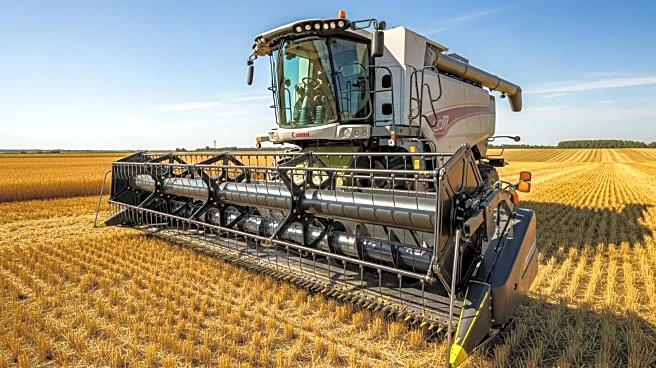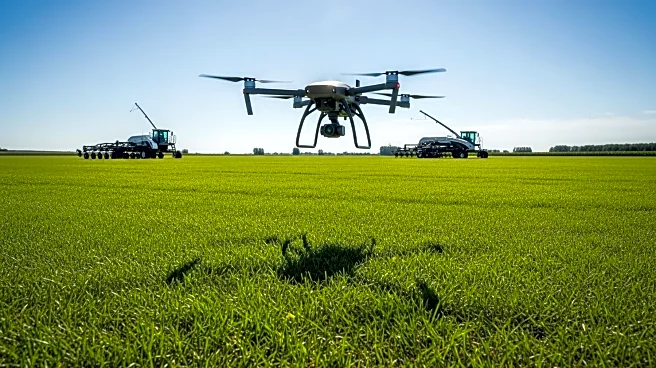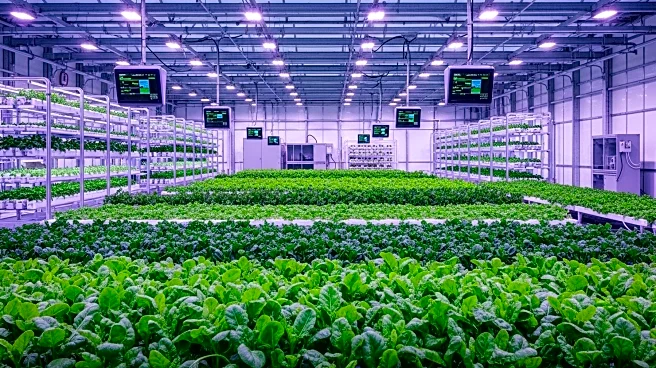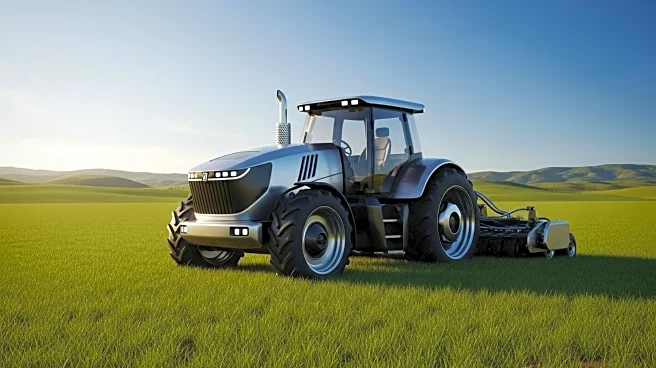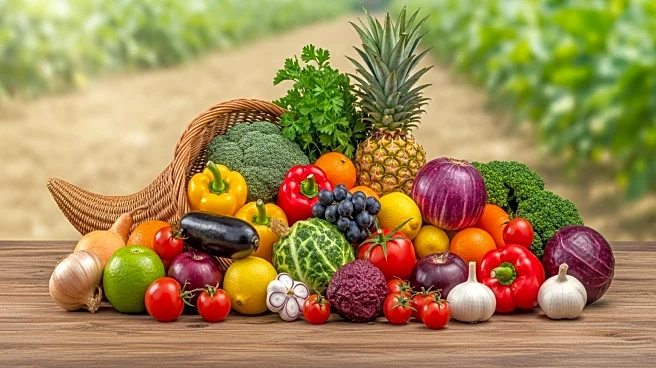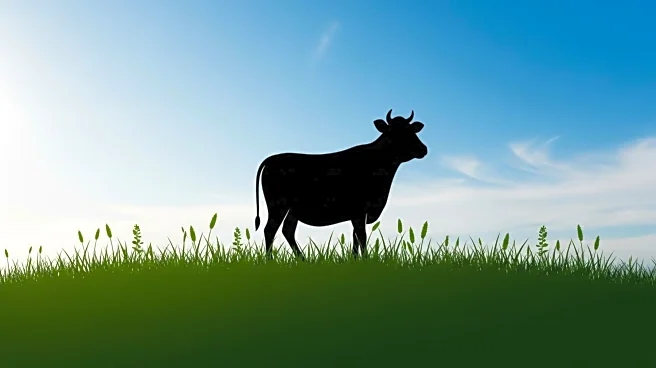What is the story about?
What's Happening?
Class 8 combines remain a dominant force in the used agricultural equipment market, despite the introduction of larger models like Class 9 and 10 combines. These machines, known for their size and power, are particularly popular among secondary and tertiary buyers who find them suitable for their farm operations. The market has seen a stabilization in pricing and supply, with Class 8 combines making up a significant portion of auction and dealership listings. The demand for these combines is driven by their compatibility with existing farm infrastructure and the availability of buyers who prefer their size and capabilities.
Why It's Important?
The continued dominance of Class 8 combines in the used market is important for the agricultural industry as it reflects the balance between technological advancement and practical application. While larger combines offer increased capacity, the infrastructure limitations and buyer preferences keep Class 8 models in high demand. This trend impacts pricing dynamics and the availability of equipment, influencing farm operations and investment decisions. The stability in the used market provides farmers with reliable options for upgrading their machinery without the financial burden of new equipment.
What's Next?
The future of the used combine market will likely see continued interest in Class 8 models, with potential fluctuations in pricing based on commodity prices and political events. Farmers may benefit from strategic purchasing during preharvest periods when prices tend to be lower. The market could also see shifts if there are significant changes in agricultural policy or technological advancements that alter buyer preferences.
Beyond the Headlines
The preference for Class 8 combines highlights broader trends in agricultural practices, including the emphasis on efficiency and cost-effectiveness. It also underscores the challenges of adapting infrastructure to accommodate larger equipment, which could influence future developments in farm design and logistics. The market dynamics may also reflect broader economic conditions affecting the agricultural sector.
AI Generated Content
Do you find this article useful?
